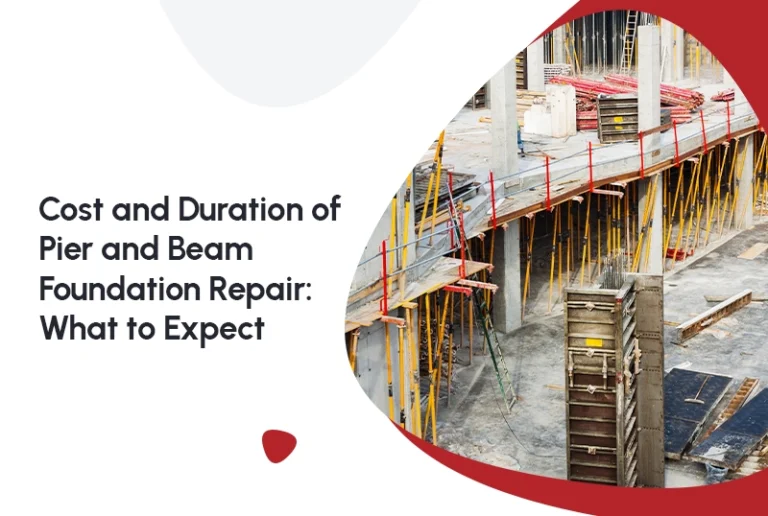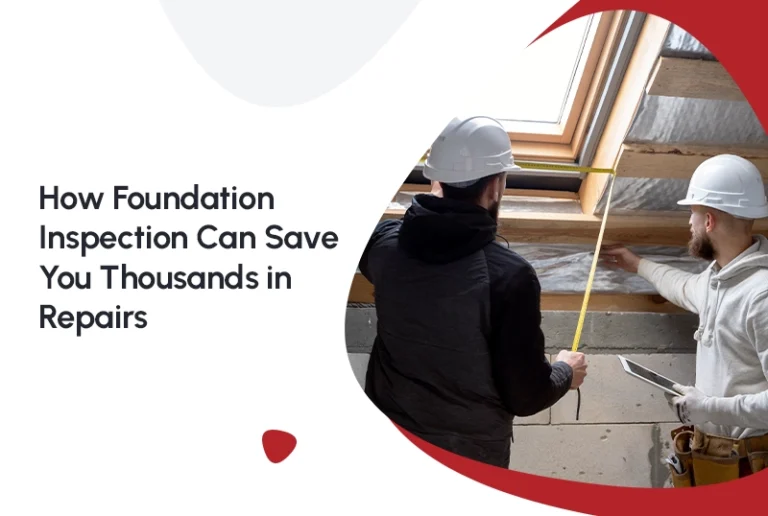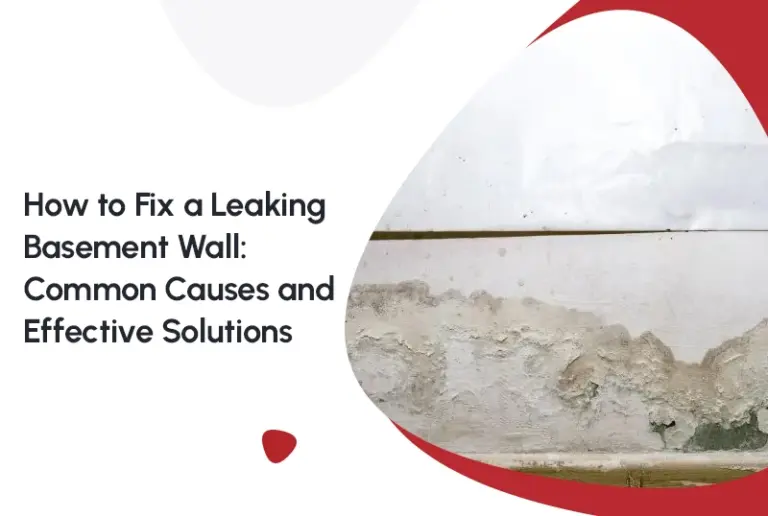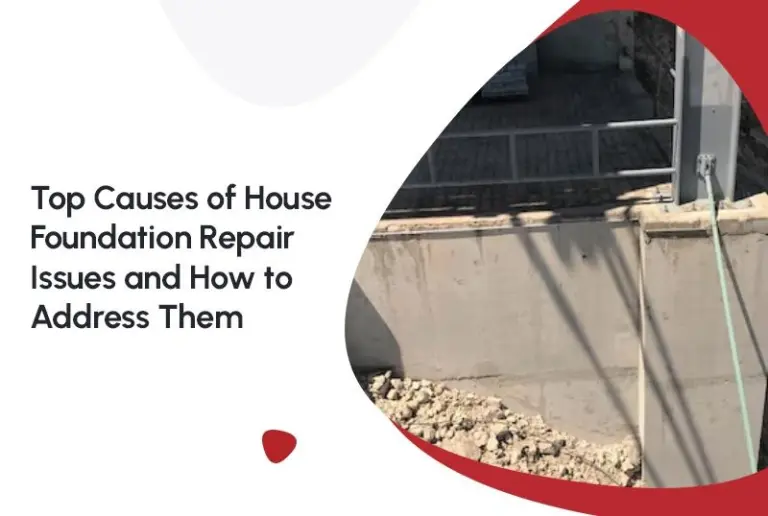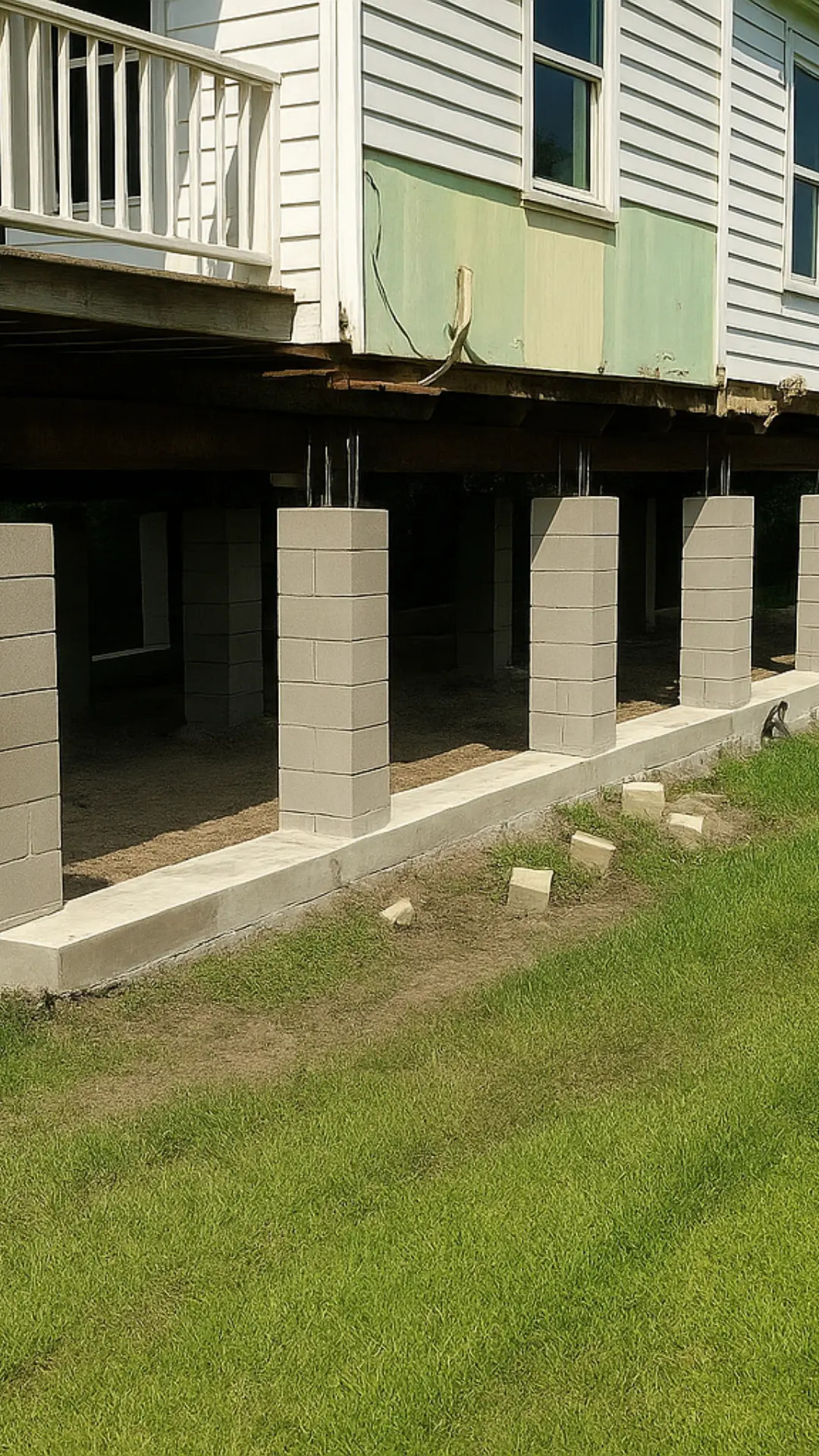Cracks, holes, and chipped concrete may seem like minor issues but they often signal something deeper. As experienced professionals at FNF Foundation, we know that not all damage is the same. If you’re wondering whether a concrete patch is enough or whether your property needs a more serious fix, you’re not alone. Understanding the difference between patching and repairing concrete is essential to avoid costly future damage and ensure long-term safety.
At the top of any surface or structural concern, an initial inspection for Foundation Repair is always a wise first step especially in regions like Texas where soil movement is common.
What is a Concrete Patch?
A concrete patch is a localized solution that targets cosmetic or shallow surface damage. It’s often used on:
- Driveways
- Sidewalks
- Garage floors
- Pool decks
- Patios
This method uses a high-bond compound like polymer-modified cement to fill in cracks or holes. It doesn’t restore strength to the structure, but it improves the appearance, protects the surface from water intrusion, and slows down deterioration.
Experienced technicians often apply concrete patches after ensuring the problem is only skin-deep. But when there’s any movement, structural cracks, or signs of shifting, patching is not enough.
When is Repair Better Than Patching?
Knowing when to patch and when to repair requires expertise and evaluation. Repair typically involves restoring the structural integrity of the concrete or foundation. In comparison, patching is surface-level.
Choose Concrete Patching When:
- Cracks are less than 1/4 inch wide
- There’s no shifting or movement
- You want to improve surface appearance
- You’re sealing small areas to prevent moisture entry
Opt for Concrete Repair When:
- Cracks go deep or run across slabs
- Surfaces are sinking, tilting, or bulging
- Concrete is crumbling from underneath
- Previous patches have failed
In cases of crawl space instability, patching will not resolve the issue. That’s where Pier & Beam Foundation Repair comes in to stabilize and lift affected areas from the base up.
How Long Does a Concrete Patch Last?
A properly installed concrete patch can last between 2–10 years, depending on the quality of the patching compound and environmental factors like moisture, temperature, and load. However, if the concrete is shifting underneath or exposed to freeze-thaw cycles, even the best patch may fail within months.
For long-lasting results, experts always recommend checking the underlying cause before patching.
What Professionals Look for Before Recommending a Patch
Experienced contractors, like our experts at FNF Foundation, follow a careful step-by-step inspection process before suggesting a concrete patch or a more extensive repair. Here’s what that process involves:
Measure crack depth and width:
Professionals start by examining how deep and wide the crack runs through the concrete. Small surface cracks might only need a patch, while deeper or spreading cracks often signal structural issues that require a stronger repair method.
Check for horizontal/vertical movement:
Inspectors check whether the cracked sections of concrete are shifting or separating in any direction. Movement indicates instability beneath the surface, suggesting that the issue may go beyond cosmetic damage.
Evaluate surrounding concrete condition:
The area around the damaged spot is also assessed for crumbling, discoloration, or hollow sounds. These signs can reveal whether the concrete has weakened overall or if the problem is localized and suitable for patching.
Inspect soil and drainage issues:
Professionals look for poor foundation drainage, water pooling, or soil erosion near the crack. These factors often contribute to uneven settling and need correction before any patching or repair takes place.
Assessing foundation movement:
Finally, contractors determine whether foundation movement or settlement is the root cause of the cracks. If the slab is shifting or sinking, a Concrete Slab Foundation Repair is the right long-term solution, not just a surface patch.
Benefits of a Concrete Patch (When Done Right)
- Affordable and fast to apply
- Ideal for aesthetic improvements
- Stops moisture from worsening surface wear
- Prevents accidents from uneven areas
- Extends surface life by 2–5 years
However, it’s important to recognize that patching does not stop structural movement. It’s like repainting over rust—if the base isn’t stable, the problem returns.
According to recent studies, around 25% of U.S. homes experience structural distress at some point in their lifetime. This statistic highlights why professional evaluation is so critical — what seems like a small surface crack could be an early sign of a deeper foundation issue.
DIY vs. Professional Concrete Patching
While DIY concrete patch kits are available, most lack the adhesion and longevity of professional-grade compounds. More importantly, DIY work often skips inspection—meaning you may fix the surface while ignoring an unstable foundation.
FNF Foundation brings experience, industry-best materials, and diagnostic knowledge to every project. That’s why homeowners across Houston and beyond trust our recommendations over temporary DIY fixes.
Concrete Patch Cost vs. Concrete Repair Cost
| Service Type | Estimated Cost | Longevity |
| Concrete Patch | $30–$200 per area | 2–5 years |
| Concrete Repair | $500–$5,000+ | 10+ years |
| Foundation Repair | $3,000–$10,000+ | Lifetime |
Though patching is cheaper upfront, it’s not always the right choice. Long-term safety, resale value, and stability matter more than short-term savings.
Why Homeowners Choose FNF Foundation
With decades of combined experience, our team specializes in comprehensive evaluations and structural integrity solutions. Whether it’s identifying a quick patching need or recommending Foundation Repair, we give honest, practical guidance that protects your home—and your investment.
From Pier & Beam Foundation Repair to Concrete Slab Foundation Repair, our service coverage and expertise make us a top choice across Texas.
Final Word
A concrete patch is a great solution—when it’s truly all you need. But when your concrete shows signs of movement, crumbling, or repeated cracks, it’s time to go beyond surface-level solutions.
Trust the trained eyes of FNF Foundation to diagnose, repair, and protect your home or commercial structure. Because a smart fix today prevents major repairs tomorrow.
FAQs (Frequently Asked Questions)
1. Is concrete patch permanent?
Not entirely, a concrete patch is designed as a short-term solution for small cracks or surface wear. Depending on the material and conditions, it typically lasts anywhere from 2 to 10 years before needing additional maintenance or repair.
2. What is the best patching material?
For long-lasting results, professionals recommend epoxy-based or polymer-modified cement patches. These materials bond more effectively to existing concrete, providing greater strength, flexibility, and resistance to cracking or water damage.
3. Can you apply a patch to wet concrete?
No, concrete surfaces must be completely clean, dry, and free of debris before applying a patch. Moisture prevents proper adhesion and can cause the patch to peel, crack, or fail prematurely.
4. Do I need to seal after patching?
Yes. Applying a high-quality concrete sealer after patching helps protect the repaired area from moisture, UV rays, and surface wear, significantly extending the life of the patch and maintaining a smooth finish.
5. Can patching fix foundation cracks?
No. Patching only addresses surface-level damage. Deep or expanding foundation cracks are structural issues that require professional repair, not a cosmetic fix, to restore stability and prevent future movement.


